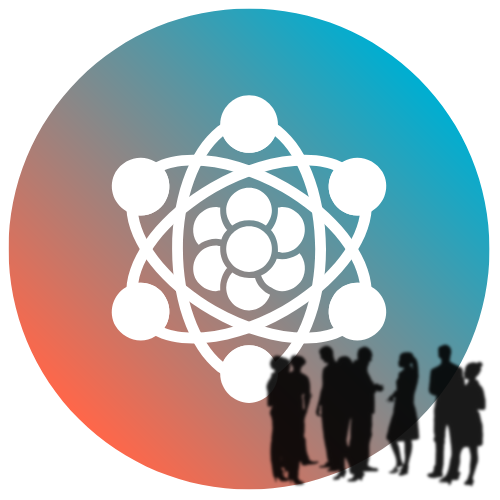Most companies adopted VoIP to connect. Few realized it would become the quiet engine of how work gets done. What started as a cheaper, more flexible phone system has evolved into a central nervous system for modern business — routing not just calls, but context, data, and decisions. The frontier of workplace productivity now runs straight through the digital voice channel.
The communication layer becomes the workflow layer
For decades, communication sat apart from productivity tools. Calls happened, then people went elsewhere to act on what was said. VoIP broke that wall. When voice became data, it could move between apps as easily as an email or spreadsheet cell.
Now, the act of talking automatically triggers workflows: a client call logs itself into the CRM, transcripts feed into analytics dashboards, and follow-up tasks appear in project software. Each small automation shaves seconds off a task — multiplied across hundreds of interactions a day, it reshapes how teams spend time.
The result is less “talking about work” and more working while you talk.
Integration as the new productivity
Modern VoIP systems don’t just provide dial tones; they plug directly into an ecosystem of tools — Salesforce, Slack, Microsoft Teams, HubSpot, Asana, and countless others. This integration means that voice, once a transient medium, now leaves structured data trails.
For sales teams, that translates into better forecasting: every conversation syncs with opportunity records, timestamps, and sentiment markers. For customer support, it means automatic case creation and faster triage. For leadership, it means real-time visibility into how communication drives results.
The deeper a VoIP system integrates, the less it functions like a phone system and the more it resembles an automation platform.
AI turns voice into insight
Artificial intelligence is now analyzing calls with a sophistication that would have sounded like science fiction a few years ago. Transcription accuracy hovers near 98 %. Sentiment analysis flags tone shifts that signal frustration or enthusiasm. Keyword detection catches compliance risks before they escalate.
In hybrid workplaces, AI-driven summaries eliminate the need for note-taking, freeing employees to focus on the human side of the exchange. Some systems even predict customer intent mid-conversation, prompting agents with contextually relevant offers or responses.
This doesn’t replace people — it amplifies them. The real productivity leap isn’t in automating voices out of the equation but in giving voices superpowers.
Measuring the invisible: communication analytics
Traditional productivity metrics — hours logged, tickets closed, deals won — miss the quality of the interactions driving those outcomes. VoIP analytics change that.
Dashboards now show patterns of responsiveness, collaboration density, and call-resolution efficiency. Teams can see which time slots generate the best conversion rates or where internal bottlenecks slow decisions. Leaders can spot burnout risk through communication overload patterns.
Voice data, once ephemeral, has become a mirror for organizational health.
Remote work and the distributed rhythm
Hybrid and remote teams rely on rhythm as much as tools. VoIP ensures that rhythm isn’t broken by geography. With softphones, presence indicators, and integrated video, workers move between channels without friction.
More importantly, unified communication platforms preserve informal productivity — the quick question, the spontaneous brainstorm, the subtle alignment that keeps projects coherent. In a digital-first world, VoIP carries the heartbeat of culture.
When communication flows easily, collaboration follows. When it doesn’t, even the best tools sit idle.
The evolving role of IT and leadership
VoIP’s transformation from utility to intelligence hub also shifts responsibility. IT teams now curate communication ecosystems rather than maintaining hardware. Leaders, meanwhile, use communication data to guide coaching, resource allocation, and customer strategy.
This convergence of technology and human management means that productivity is no longer just a measurement — it’s a design choice. The best systems are built intentionally around how people really work, not how software assumes they should.
Looking ahead
The next wave of VoIP innovation will likely blur the lines between communication, knowledge management, and automation entirely. Calls will generate summaries, tasks, and insights instantly. AI copilots will whisper data-driven cues in real time. Companies will gauge productivity not by how fast people talk but by how effectively they turn conversation into coordinated action.
For businesses ready to see beyond connectivity, VoIP isn’t just a communication upgrade. It’s a quiet revolution in how productivity itself takes shape — one call, one insight, one connection at a time.

